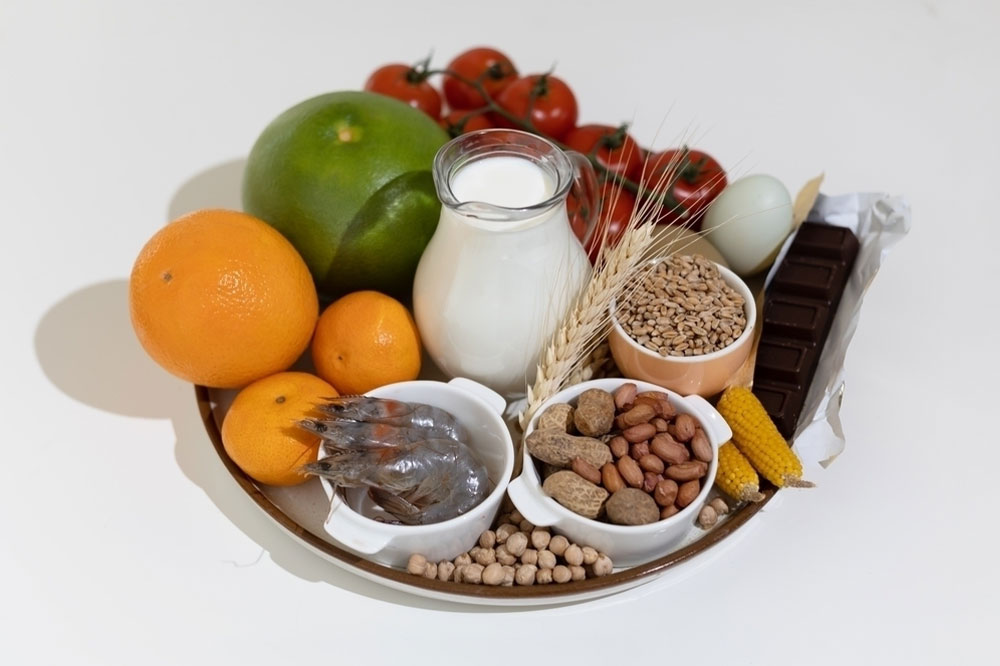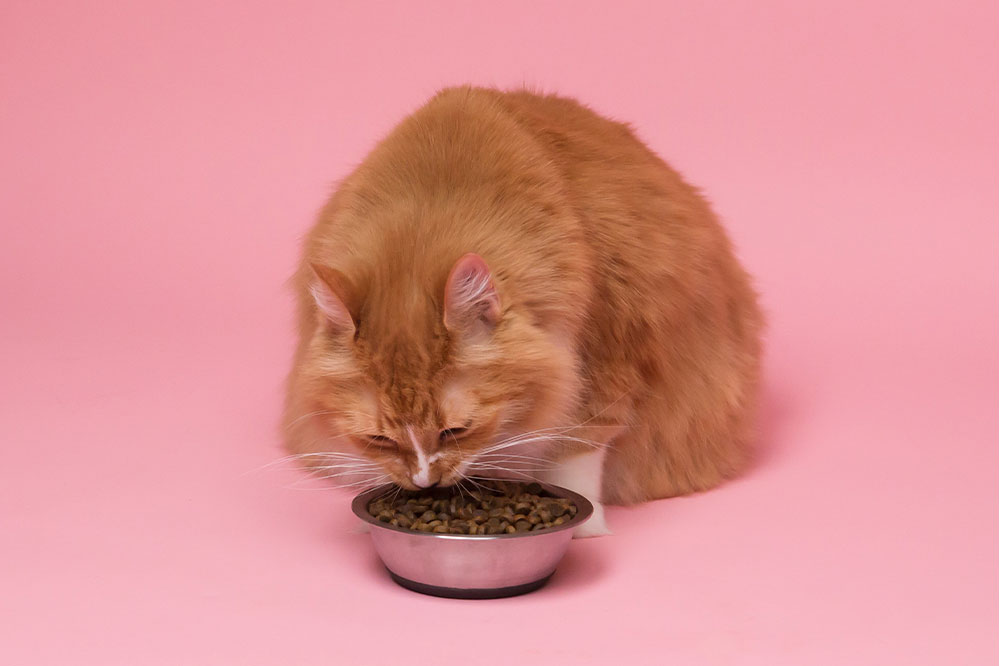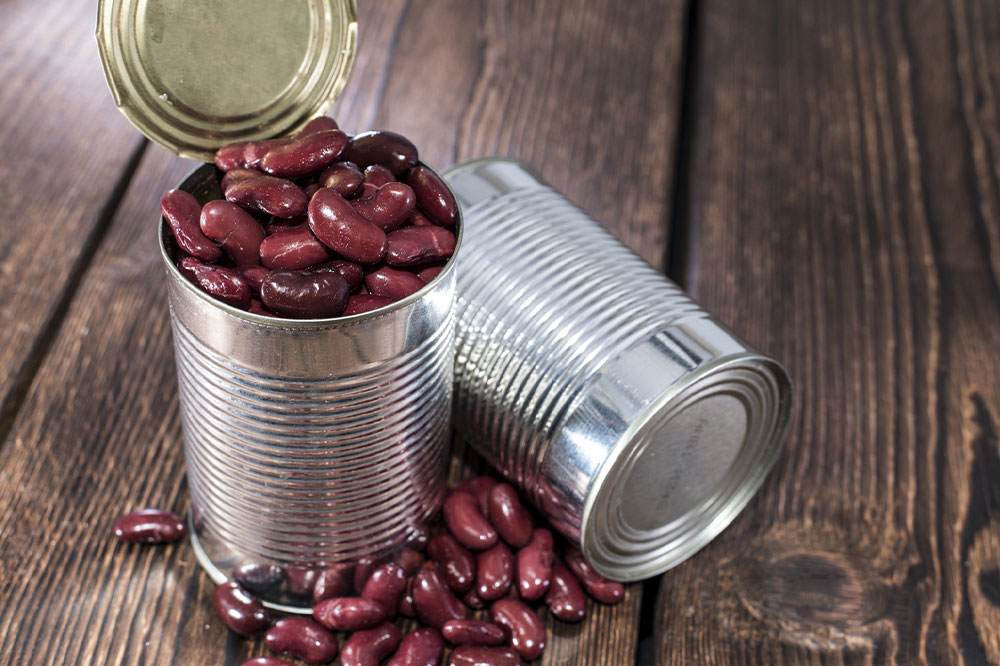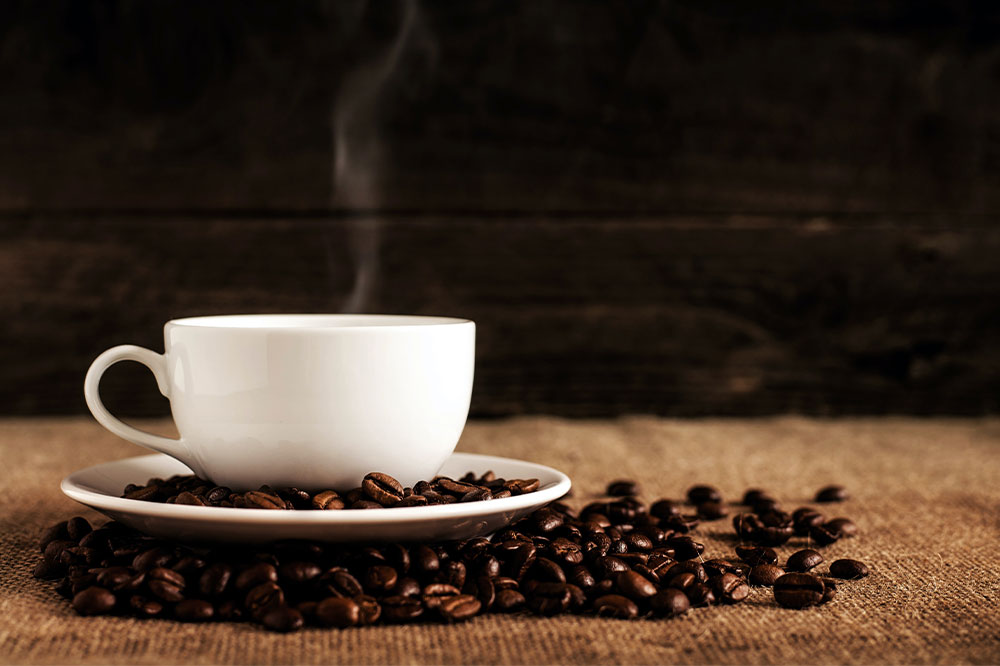5 food elimination plans for allergies

Food allergies are unpredictable and can have mild to severe symptoms, such as bumps, rashes, choking, or breathing difficulties. One approach to managing food allergies is through adopting an elimination meal plan. This plan involves temporarily removing certain foods from your regime to identify which ones are causing your symptoms. There are several types of food-elimination nutrition plans for allergies. This article will discuss the most common ones that are used by individuals.
Food elimination nutrition plans for allergies
Traditional elimination plan
The traditional elimination meal plan involves removing common allergenic foods from your meals for a while, typically for two to four weeks. These foods often include dairy, soy, wheat, corn, eggs, peanuts, tree nuts, fish, and shellfish. After this period, one food is reintroduced, and any reactions are noted. Then, you repeat the same for other foods.
The traditional elimination nutrition plan is typically used for people with conditions such as eosinophilic esophagitis (EoE), which is caused by an allergic reaction to certain foods. This condition may manifest as chest pain, heartburn, abdominal pain, vomiting, trouble swallowing, and stunted growth in children.
Modified elimination plan
The modified elimination plan is similar to the traditional one but more restrictive. In addition to the common allergenic foods, it removes other foods that may be causing symptoms, such as fruits, vegetables, and spices. The reintroduction process is the same as the traditional elimination meal plan.
Specific food elimination plan
The specific food elimination meal plan involves removing one specific food that is suspected of causing symptoms. This approach is often used when a specific food is identified as a trigger. For example, if a person has a known allergy to shrimp, they may eliminate shrimp from their food regime.
Rotation plan
The rotation plan involves rotating the consumption of certain foods regularly. This approach is based on the concept that consuming the same foods daily can increase the risk of developing an allergy or sensitivity. By rotating foods, the body is less likely to become sensitized to a specific food.
Low FODMAP plan
The low FODMAP plan may help people with irritable bowel syndrome (IBS) identify which foods trigger their symptoms. FODMAPs are a group of carbohydrates poorly absorbed in the small intestine. The regime involves removing high FODMAP foods for a while and reintroducing them one at a time to identify triggers.
In conclusion, food elimination regimes can be an effective way to manage food allergies and intolerances. Working with a registered dietitian helps ensure the meals are nutritionally balanced.






